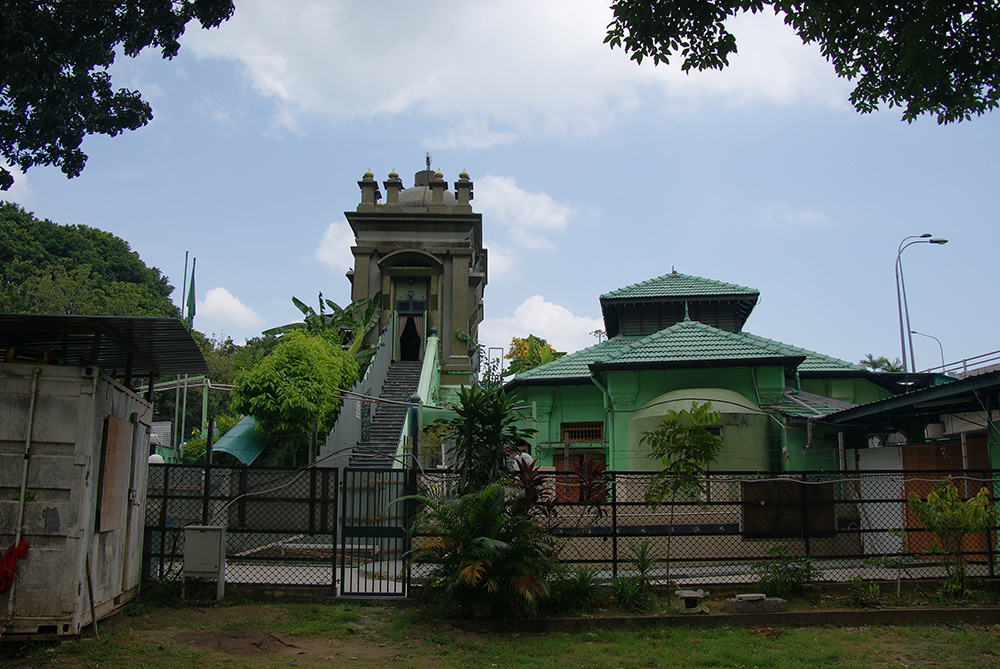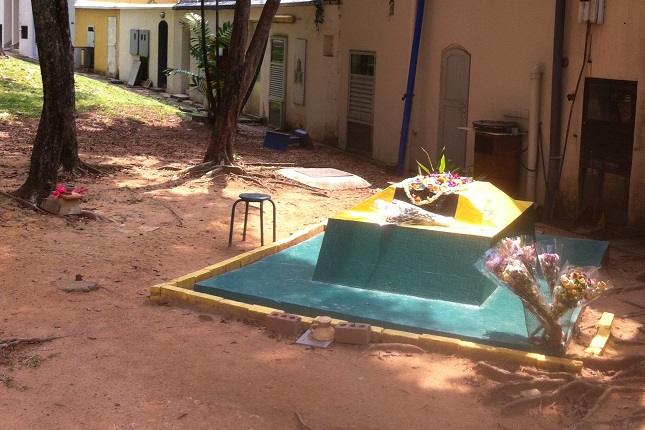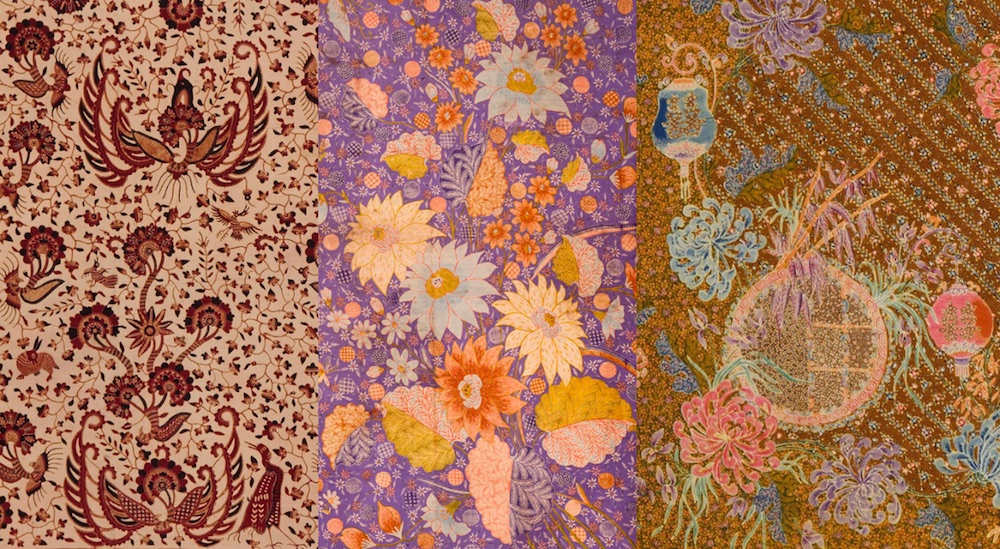Saudi Ahmad stands as Mindanao’s foremost and acclaimed living artist, and in a practice spanning several decades, the largely self-taught artist has consistently produced vital, arresting works that image the Bangsamoro region and life of the moros (as the Muslims are referred to in Philippines). Southern Mindanao has historically affiliated with the Sulu Sultanate and archipelago. However, the Islamic provinces have also long-wrestled with a turbulent relationship with the rest of the predominantly Catholic Philippines, and is perceived as a land rife with violence and lawlessness. In this regard, Saudi Ahmad’s paintings of Islamic and moro customs and traditions – from the scenes of daily rituals like family meals and gatherings, to grand ceremonial events, such as the royal wedding – represent a crucial dimension of Philippine life that is under-represented in the country’s mainstream and artistic expressions. Duwaa Salamat depicts the ritual of the thanksgiving, whereby the whole village comes together to give offerings or thanks for a boon, or perhaps the passing of bad luck. The scene portrays concentric circles of the villagers seated around the offering, and points to the importance of community and the ‘coming-together’ in rural life. Duwaa Salamat is executed in the meticulous style that Saudi is known for. Initial appearances suggest that the paperwork is created with a graphic pen or marker, owing to the precision of the minute lines that permeate the entire surface. However, in a technique Saudi calls “dadag-bawas” or “addition-subtraction”, he creates the intricate lines in watercolour with the brush, and tonal variation within each brushstroke is then made by removing pigment with his fingernail or brush.


















